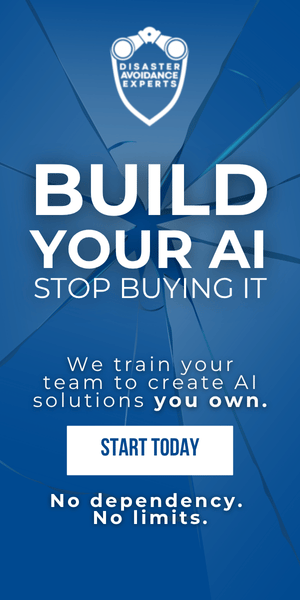Companies are slowly settling into some form of flexible work, and in order to keep up the employee experience, they will need to either take the empowerment or monitoring approach.
When organizations initially made the sudden transition to remote working, many used the monitoring method to ensure that employees were getting work done.
According to an interview between SHRM and Gartner, nearly 20% of companies purchased some type of tracking software or technology to monitor employees during April and May of this year.
“It’s everything from technology that will take photos of employees from their laptops to tools that allow workers to punch a virtual time clock to tracking keystrokes to monitor productivity levels,” said Brian Kropp, chief of research in Gartner’s HR practice.
However, this strategy leads to employees experiencing increased levels of stress over being surveilled, and not focusing on completing quality work.
That is why empowerment is a much more effective strategy. When employees feel hindered and micromanaged by employers, it causes them to feel unsatisfied, stunts their career growth and often leads to high turnover rates.
One way to instill trust between employees and leaders is to conduct real-time surveys to measure how workers are doing and provide a better idea of how to support them to meet their goals.
By offering such tools and strategies, employees perform better and can be part of a much more engaged workforce even when working remotely.


 Dr. Gleb Tsipursky – The Office Whisperer
Dr. Gleb Tsipursky – The Office Whisperer Nirit Cohen – WorkFutures
Nirit Cohen – WorkFutures Angela Howard – Culture Expert
Angela Howard – Culture Expert Drew Jones – Design & Innovation
Drew Jones – Design & Innovation Jonathan Price – CRE & Flex Expert
Jonathan Price – CRE & Flex Expert












